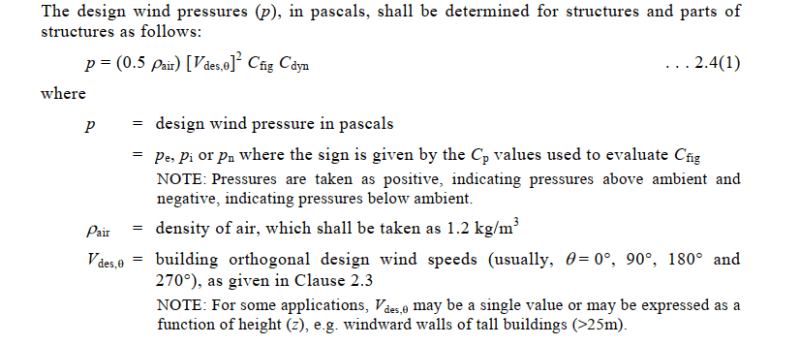SunshineTown
Structural
I have this formula from ACI 318-02 for the basic concrete breakout strength Nb = k*(fc^0.5)*(hef^1.5). I am thinking how this formula will led to a result in unit of force (kip)?
This question arises when I tried to use this formula as a reference to double check the concrete breakout strength using the standard in my region which is in English units and the 'timing' of converting the units leads to different results!
For example, say if I have k=24, fc=25MPa and hef=100mm, if I put these values into the formula without converting to metric ones then I will have the result of 120kN (which is 26.98 kips).
However, if I convert the units of fc and hef to psi and inch and then put it in the formula then the result will be 11.2879 which is 50.2kN. Can anyone explain which way is the correct one and why? I am confused...
This question arises when I tried to use this formula as a reference to double check the concrete breakout strength using the standard in my region which is in English units and the 'timing' of converting the units leads to different results!
For example, say if I have k=24, fc=25MPa and hef=100mm, if I put these values into the formula without converting to metric ones then I will have the result of 120kN (which is 26.98 kips).
However, if I convert the units of fc and hef to psi and inch and then put it in the formula then the result will be 11.2879 which is 50.2kN. Can anyone explain which way is the correct one and why? I am confused...





![[3eyes] [3eyes] [3eyes]](/data/assets/smilies/3eyes.gif) I'm used to carrying my units through. I also use it as a fundamental sanity check as I compute things and as a final answer. I'm very much human and it helps keep any mistakes in check.
I'm used to carrying my units through. I also use it as a fundamental sanity check as I compute things and as a final answer. I'm very much human and it helps keep any mistakes in check.![[jester] [jester] [jester]](/data/assets/smilies/jester.gif)
![[lol] [lol] [lol]](/data/assets/smilies/lol.gif)